Introduction
Fava beans, scientifically known as Vicia faba, have been a cornerstone of human diets for millennia. Revered for their robust nutritional profile and adaptability, these legumes have transcended cultural and geographical boundaries to become a staple in kitchens worldwide. Often overlooked in favor of more mainstream legumes like chickpeas or lentils, fava beans boast a unique flavor profile and a remarkable ability to be transformed into an array of products. This article delves into the multifaceted universe of fava bean-derived goods, highlighting their culinary applications, nutritional benefits, and cultural significance. From humble dried beans to innovative plant-based proteins, the versatility of fava beans is nothing short of astonishing.
The Humble Beginnings: Whole Dried Fava Beans
At the heart of fava bean products lies the whole dried bean. These large, flat legumes are harvested when mature, dried, and often sold with their thick, inedible skins intact. Preparing them requires soaking to soften the skins, followed by boiling until tender. The result is a creamy, earthy bean that serves as a base for countless dishes. In Egyptian cuisine, ful medames—a hearty stew of slow-cooked fava beans seasoned with cumin, garlic, and lemon—is a beloved breakfast staple. Similarly, in Chinese cooking, dried fava beans are stir-fried with spices or ground into flour for dumplings. The process of rehydrating and cooking dried fava beans may be time-consuming, but it rewards patience with a depth of flavor that canned varieties struggle to replicate.
Convenience Meets Tradition: Canned and Frozen Fava Beans
Modern food preservation techniques have democratized access to fava beans. Canned fava beans, pre-cooked and often skinless, offer a quick and easy alternative to dried beans. They are a pantry essential for busy cooks, ready to be tossed into salads, mashed into dips, or incorporated into soups. Frozen fava beans, meanwhile, retain their vibrant green hue and tender texture when blanched and frozen shortly after harvest. These products cater to the demand for convenience without sacrificing nutritional value, making fava beans accessible year-round.
Flour Power: Fava Bean Flour and Gluten-Free Baking
Fava bean flour, ground from dried and roasted beans, has emerged as a game-changer in gluten-free and alternative baking. With a mild, slightly nutty taste, it imparts moisture and structure to bread, pancakes, and pastries. Unlike rice or corn flour, fava bean flour is rich in protein and fiber, making it a nutritious substitute for wheat-based products. It also plays a pivotal role in traditional Middle Eastern pastries, where it is mixed with other flours to create delicate, golden-brown pastries. For those with celiac disease or gluten sensitivities, fava bean flour offers a viable, flavorful alternative.
Crunchy Indulgences: Roasted and Spiced Fava Bean Snacks
The rise of plant-based snacking has propelled roasted fava beans into the spotlight. These crispy morsels are made by roasting whole or split fava beans until golden, then seasoning them with spices like paprika, chili, or sea salt. The result is a high-protein, low-fat snack that satisfies cravings for crunch without the guilt. Brands like Enjoy Life and The Good Bean have popularized these snacks, appealing to health-conscious consumers seeking alternatives to greasy potato chips. Roasted fava beans also serve as a crunchy topping for salads or a garnish for soups, adding texture and flavor.
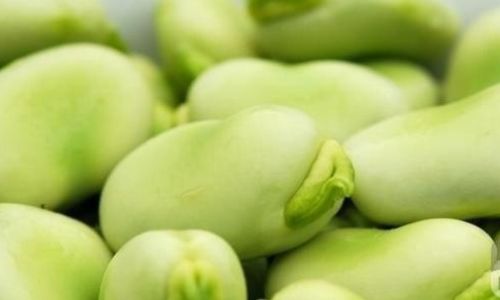
Silken Smooth: Fava Bean Tofu and Dairy Alternatives
Innovations in plant-based protein extraction have led to the creation of fava bean tofu, a silken alternative to traditional soy-based tofu. Made by coagulating fava bean milk, this product has a delicate texture and a subtle, grassy flavor. It absorbs marinades and sauces readily, making it ideal for stir-fries, grills, or blended into creamy dressings. Additionally, fava bean protein isolates are being used to develop dairy-free yogurts, cheeses, and ice creams, catering to the growing demand for vegan and lactose-free options. These products not only mimic the texture of dairy but also deliver a comparable protein punch.
Fermented Fusions: Fava Bean-Based Condiments
Fermentation, an ancient preservation technique, has given rise to unique fava bean condiments. In Japan, natto—a sticky, pungent fermented soybean dish—has a lesser-known cousin made from fava beans. Similarly, in parts of Africa, fermented fava bean pastes are used to enhance stews and sauces, adding a tangy, umami-rich depth. Fermentation not only extends the shelf life of fava beans but also boosts their nutritional profile by increasing bioavailable nutrients like vitamin B12 and amino acids.
Nutritional Fortification: Fava Bean Baby Foods and Supplements
Fava beans’ high iron, folate, and protein content make them an ideal ingredient in baby foods. Pureed fava beans are often blended with vegetables or grains to create nutrient-dense meals for infants. For adults, fava bean protein powders and supplements are marketed as muscle-building aids, particularly appealing to vegans and vegetarians. These products undergo rigorous processing to remove anti-nutrients like tannins and lectins, ensuring optimal digestibility.
Pet Food and Livestock Feed: Fava Beans Beyond Human Consumption
The agricultural industry has also embraced fava beans as a sustainable protein source for animals. High in lysine, an essential amino acid often lacking in grain-based feeds, fava bean meal is used to fortify pet foods and livestock rations. This application reduces reliance on soy and fishmeal, mitigating environmental impacts like deforestation and overfishing.
Industrial Applications: Biofuels and Bioplastics
Fava beans’ starch content is being explored for industrial uses, including biofuel production and biodegradable plastics. By fermenting fava bean starch, researchers aim to create eco-friendly alternatives to petroleum-based products. This innovation aligns with global efforts to reduce carbon footprints and promote circular economies.
Cultural Significance and Rituals
Fava beans hold symbolic weight in various cultures. In ancient Rome, they were associated with luck and prosperity, often included in wedding feasts. In Greece, they are traditionally eaten during Lent, providing a meat-free source of protein. Some cultures even attribute mystical properties to fava beans, believing they ward off evil spirits. These rituals underscore the bean’s enduring place in human history.
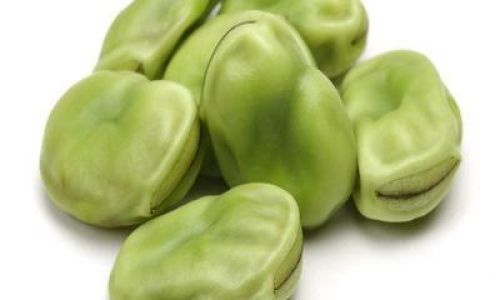
Nutritional Profile and Health Benefits
A 100-gram serving of cooked fava beans provides approximately 11 grams of protein, 9 grams of fiber, and a wealth of vitamins and minerals, including folate, manganese, and iron. Their low glycemic index makes them suitable for diabetics, while their high fiber content aids digestion and promotes satiety. Fava beans are also rich in L-dopa, a precursor to dopamine, which has sparked interest in their potential role in managing Parkinson’s disease. However, individuals with glucose-6-phosphate dehydrogenase (G6PD) deficiency should avoid fava beans, as they may trigger hemolytic anemia.
Sustainability and the Future of Fava Bean Farming
Fava beans are nitrogen-fixing crops, meaning they enrich soil fertility by converting atmospheric nitrogen into a usable form. This trait reduces the need for synthetic fertilizers, making fava bean cultivation environmentally friendly. As climate change threatens food security, fava beans’ resilience to drought and poor soils positions them as a critical crop for sustainable agriculture.
Challenges and Innovations
Despite their merits, fava beans face challenges. Their thick skins can be tough and bitter, necessitating peeling for certain dishes. Additionally, anti-nutrients like vicine and convicine may cause digestive discomfort in some individuals. However, breeding programs are developing low-tannin varieties, while processing methods like fermentation and sprouting mitigate these issues.
Conclusion
Fava bean products represent a fascinating intersection of tradition and innovation. From ancient culinary staples to cutting-edge plant-based proteins, these legumes continue to evolve, meeting the demands of modern diets while honoring their storied past. As consumers prioritize sustainability, nutrition, and flavor, fava beans are poised to claim a larger role on global menus. Whether simmered in a stew, crisped into a snack, or fermented into a condiment, the fava bean’s adaptability ensures its place as a timeless nutritional powerhouse.
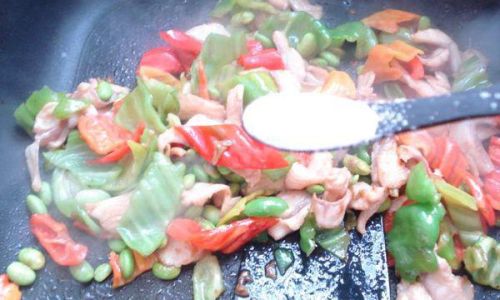
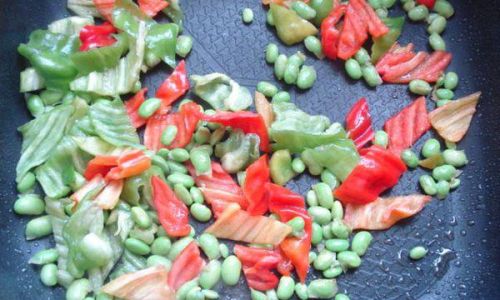
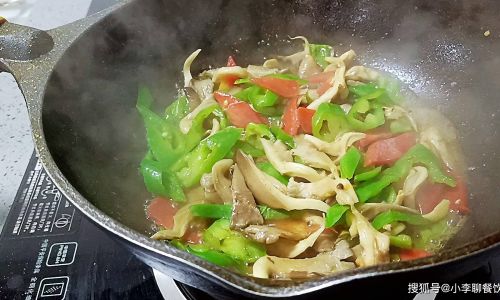
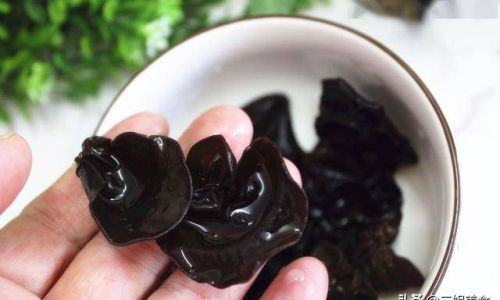
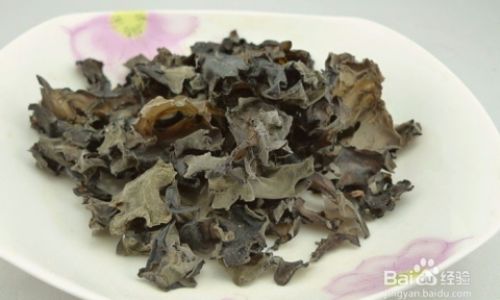
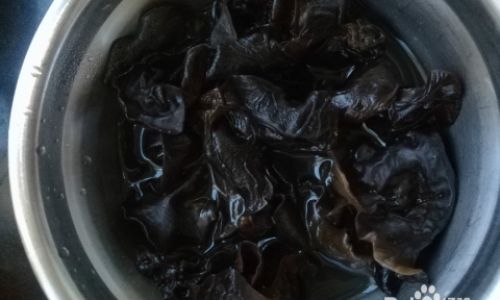
0 comments